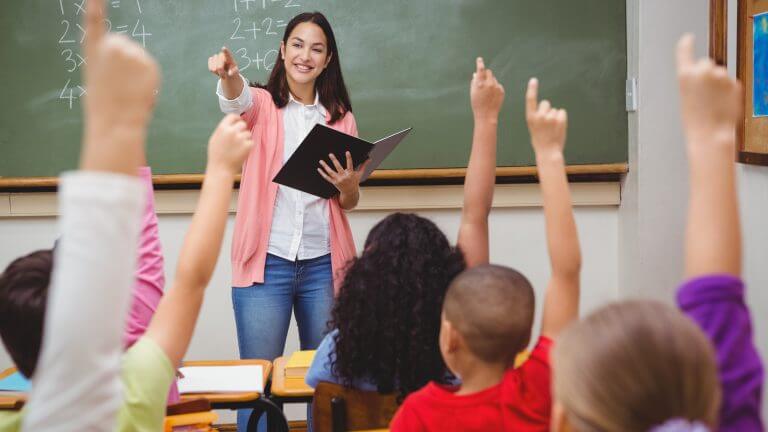Good educators know that each and every day is a new experience for your students, and a new chance to build relationships. Just like in their academic work, students need consistency and regular routines to help them build their emotions, social skills, and community building skills. Behavior Check-Ins are a great way to help this process.
A Behavior Check-In is a super simple process that has positive effects on your students’ social emotional skills. It provides students with the chance to take an “emotional inventory” of their day so far and share it with the group.
The Check-In Process:
- Ask your students to think back over your day so far, or your week so far. How are they feeling? Where would they place themselves on a scale of 0 to 10? (0 is low but doesn’t need to be “bad” and 10 is high but not necessarily “good)
- Give each member of the group a chance to share their number or feelings. Start with one person and once that individual has shared everything, move on. Make sure not to interrupt anyone.
- Encourage students to ask each other why? Once everyone’s shared, you might consider inviting other students to ask each other why they placed themselves at the particular number. Some might volunteer this without asking, while others may choose to not provide a reason for their selection.
Why Behavior Check-Ins Help
1. Behavior Check-ins show you the daily and weekly changes in your students’ lives.
You might pick up on this naturally as a teacher, but there’s nothing more powerful than a student telling you directly how they feel.
Your student might start the week off as a ten but then move down to a one. By tracking this movement you can be more aware of when to intervene, take notice, or help a student. Additionally, by knowing that a student is at a four as opposed to an eight on any given day, you can appropriately react or anticipate their behavior for the day.
2. Behavior Check-ins help build a classroom community
Your classroom community might already be super strong, but still your students might not realize what each other is dealing with. By getting everyone engaged in the check-in process your students will have a window into the lives of their peers.
By sharing your thoughts, emotions, or just general feelings in a safe environment, students who might normally not be connected, can begin to build empathy with their classmates. This helps improve your students SEL skills long term.
3. Behavior Check-ins help us better understand ourselves
Often times, your students aren’t even aware of what they’re feeling or why they’re feeling that way! Students are still learning about emotions and need consistent practice placing and naming the feelings they develop.
Through a daily check-in process you help students on an individual level identify what they’re feeling. Even if a student doesn’t share with the rest of the class, by taking 5 minutes to reflect on themselves, students can start understanding what emotions they’re feeling and why.
Janice Burch has 28 years of experience in education. She is currently in her 12th year as an Education Specialist at Region 13. Janice provides trainings and coaching on a variety of topics including Positive Behavior Interventions and Supports (PBIS), classroom management, CHAMPs, CPI, and Dealing with Difficult Students.





Add comment